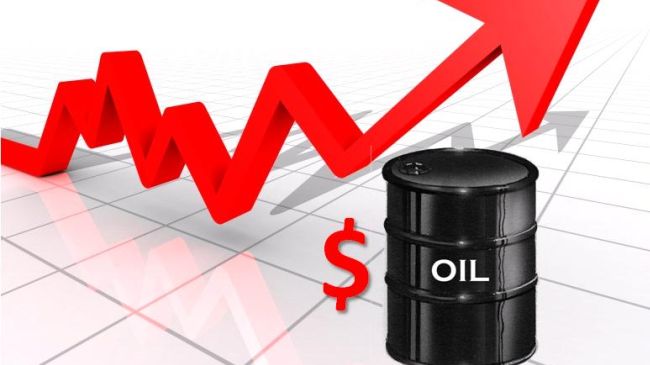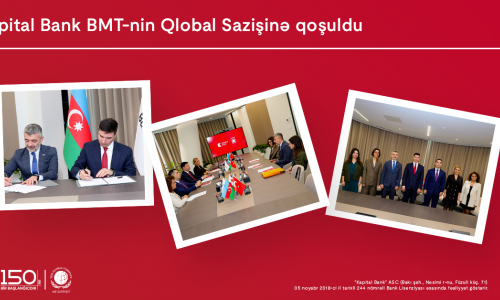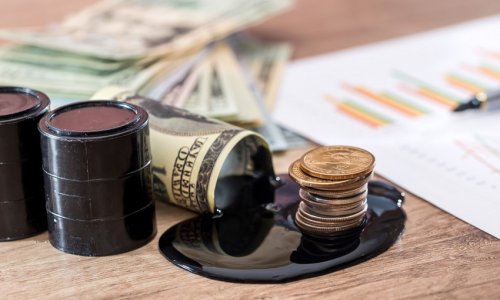Oil prices shot up over 4 percent to their highest level since 2015 early on Monday after OPEC and other producers over the weekend reached their first deal since 2001 to jointly reduce output in order to rein in oversupply and prop up the market, Reuters reported.
Brent crude futures, the international benchmark for oil prices, soared to $57.89 per barrel in overnight trading between Sunday and Monday, its highest level since July 2015.
U.S. West Texas Intermediate (WTI) crude futures also hit a July 2015 high of $54.51 a barrel.
Brent and WTI prices eased to $56.54 and $53.74 respectively by 0010 GMT, but were both still up more than 4 percent from their last settlement.
With the deal finally signed after almost a year of arguing within the Organization of the Petroleum Exporting Countries and mistrust in the willingness of non-OPEC Russia to play ball, the market's focus will now switch to compliance with the agreement.
ANZ bank said on Monday that Saudi Aramco, Saudi Arabia's state-controlled oil company, had "started informing customers that their allocations would be reduced in January 2017, in line with its commitment to the recent OPEC production cut agreement."
OPEC has said it will slash output by 1.2 million barrels per day from Jan. 1, with top exporter Saudi Arabia cutting around 486,000 bpd in a bid to end overproduction that has dogged markets for over two years and pushed the economies of many oil exporting countries into crisis.
On Saturday, producers from outside the 13-country OPEC group agreed to reduce output by 558,000 bpd, short of the initial target of 600,000 bpd but still the largest contribution by non-OPEC ever.
Of that, Russia will cut 300,000 bpd. Russia said its reduction would be gradual, adding that by the end of March Russia would be producing 200,000 bpd less than its October 2016 level of 11.247 million bpd.
Russian output would fall to 10.947 million bpd after six months, it said.
www.ann.az
Follow us !











